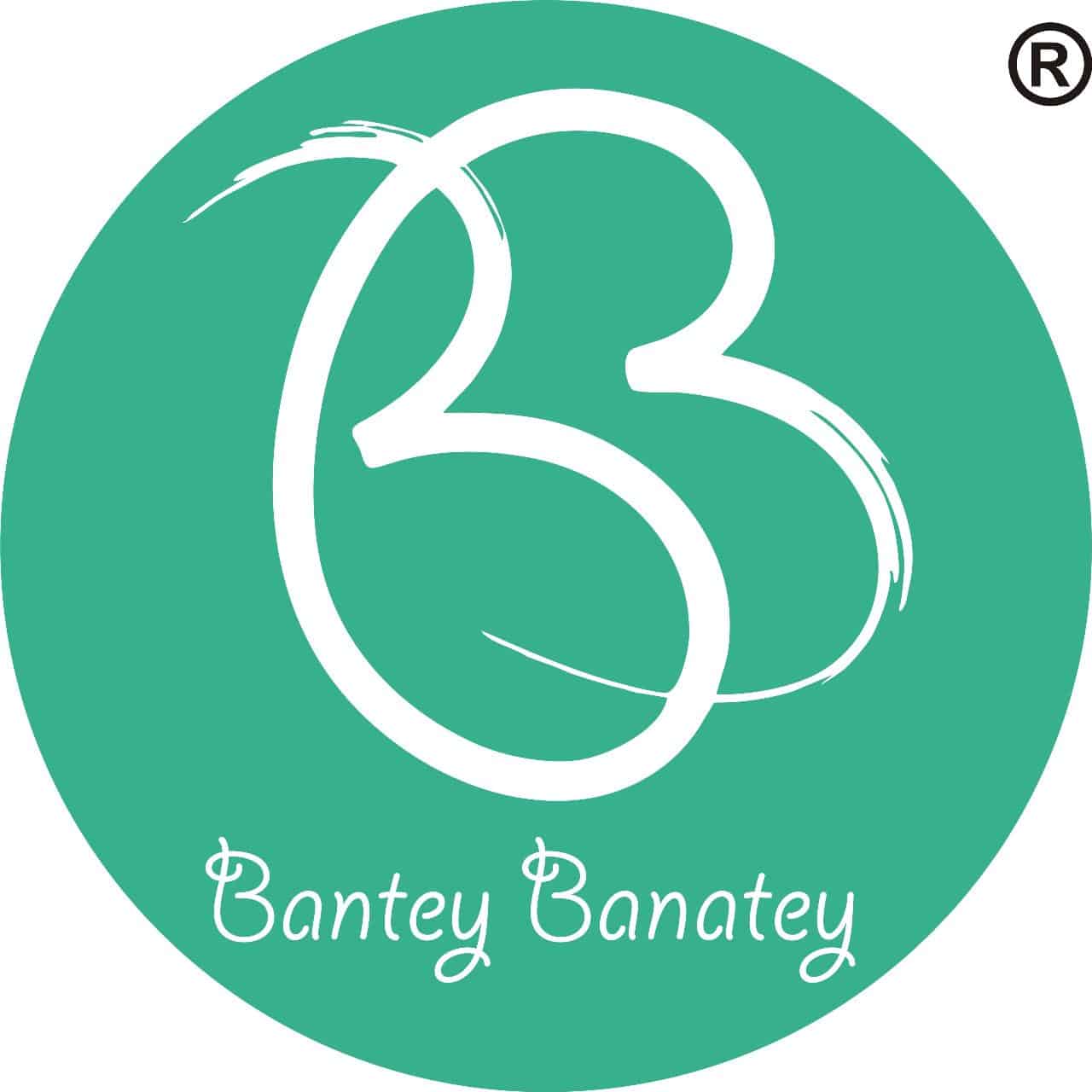Choosing the right art and crafts supplies is a critical step for any artist, whether you’re a seasoned professional or just starting out. The vast array of materials available canvas boards, sketching pencils, erasers, watercolors, oil paints, acrylics, brushes, papers, trimmers, cutting tools, pins, and clips can be overwhelming. However, understanding the nuances of these supplies and how they contribute to your artwork can make the selection process more straightforward. Here’s a comprehensive guide to help you make informed choices about your art materials.
Canvas Boards
Canvas boards are a sturdy, affordable alternative to stretched canvases. Ideal for both oil and acrylic painting, they come in various sizes and textures. When choosing a canvas board, consider the grain size and absorbency you prefer for your painting style. A smoother surface is typically better for detailed work, while a rougher texture suits more expressive styles.
Sketching Pencils
Pencils are fundamental in art for sketching and drawing. They range from hard (H) grades, which produce lighter marks, to soft (B) grades, known for darker, more expressive lines. A good set of pencils for artists usually includes a range from 2H to 6B, allowing for a wide range of tones and textures in your sketches.
Erasers
Erasers are just as crucial as pencils in sketching. A kneaded eraser is perfect for gently lifting graphite or charcoal without damaging the paper. For sharper, cleaner erasures, a plastic or vinyl eraser is more suitable. Consider having both types in your toolkit to suit different needs.
Artist Watercolour Tubes
Watercolors are favoured for their translucency and flow. When selecting watercolour tubes, opt for artist-grade paints as they have more pigment and offer better brightness and permanency than student-grade paints. Experiment with a few primary colours to understand their mixing properties before expanding your palette.
Oil Colours
Oil paints are valued for their richness and depth of colour. They dry slowly, allowing for blending and layering. When choosing oil paints, look for high-quality pigments that offer purity and longevity. Starting with a basic set of primary colours, plus white and black, can serve most colour mixing needs.
Artist Acrylic Colour Tubes
Acrylics are versatile, water-soluble paints that dry quickly to a durable finish. They can be used in thin washes like watercolors or in thick layers like oils. Artist-grade acrylics provide vibrant colours and a wide range of consistencies and finishes. A starter palette with primary colours, along with black and white, can be a good foundation.
Brushes
Brushes come in various shapes, sizes, and materials. Natural bristles are generally preferred for oil painting, while synthetic brushes are better for acrylics and watercolors. A basic set should include a round brush for detailing, a flat brush for broad strokes, and a filbert brush for blending.
Paper and Sheets
The right paper is crucial for drawing and watercolour. For watercolour, choose a paper that’s at least 300 gsm (grams per square meter) to prevent warping. For sketching and acrylics, heavyweight papers with a slight texture work well. Experiment with different sizes and formats to find what best suits your projects.
Trimmers and Cutting Tools
A good trimmer can ensure clean, precise edges on paper and other materials, which is essential for presentation and framing. X-ACTO knives and rotary cutters are excellent for detailed work and cutting curves.
Pins and Clips
Pins and clips are invaluable for securing paper to drawing boards, hanging reference materials, or temporarily assembling pieces without damaging the work. Choose a variety that includes both gentle and strong grip options.
When choosing art supplies, it’s crucial to consider the medium you’ll be working in, your personal style, and the level of detail you aim to achieve. Don’t be afraid to experiment with different materials to discover what works best for you. Remember, the quality of your materials can significantly affect the outcome of your art, so invest in the best you can afford. Finally, always keep an open mind and be willing to explore new tools and techniques to expand your artistic capabilities.
